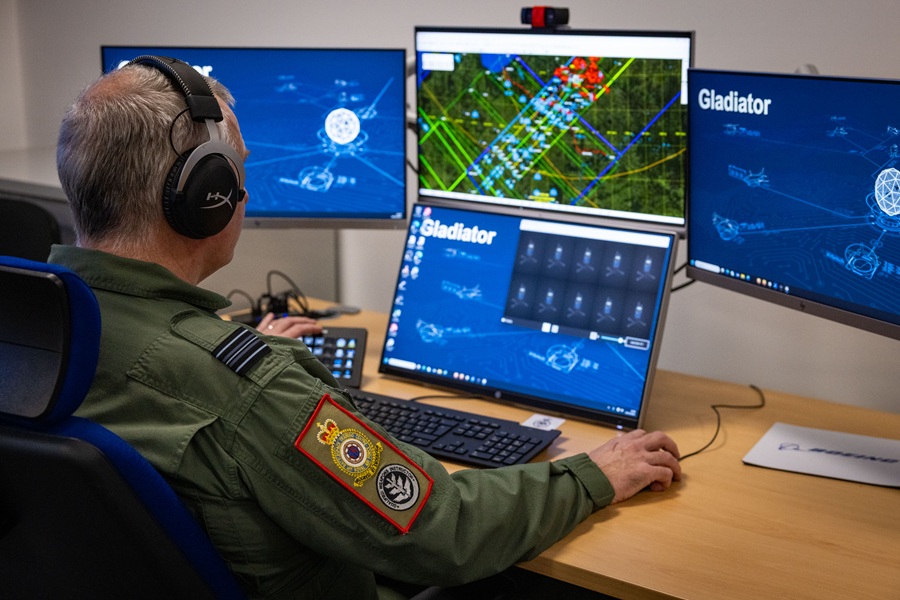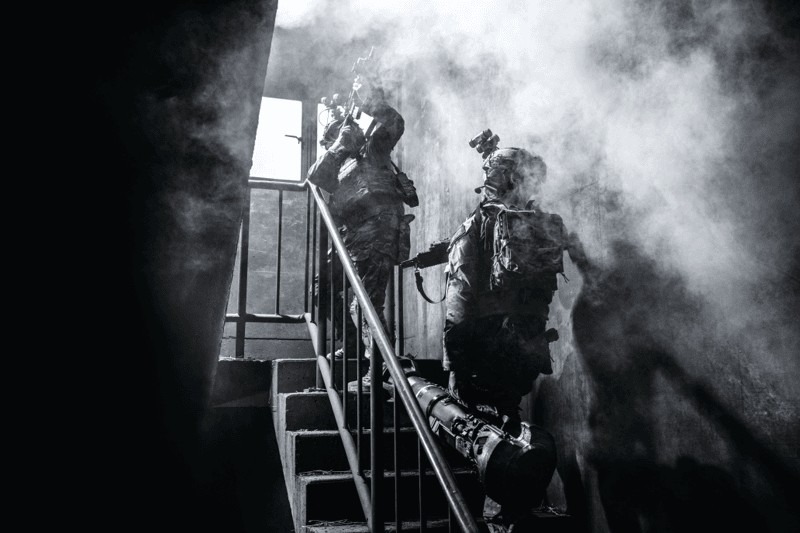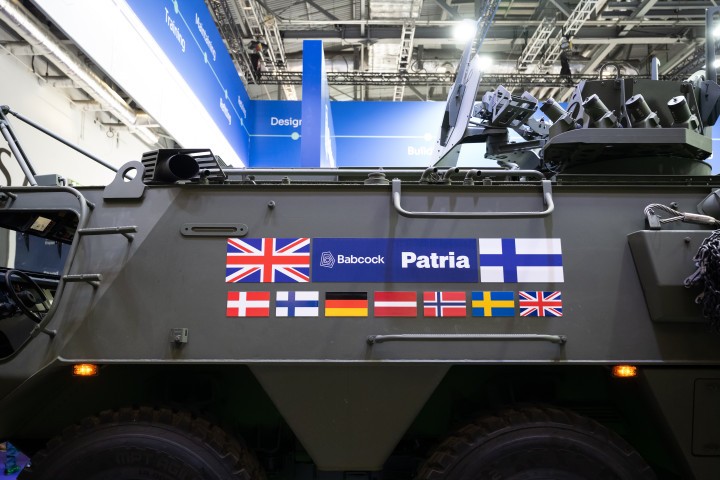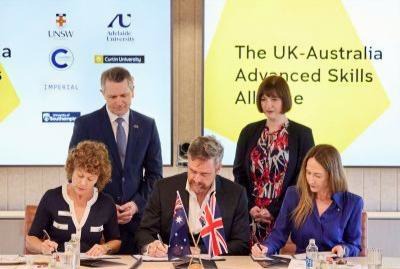Three new Royal Navy patrol ships pass milestones

Above:
HMS Trent was put through her paces by a mix of civilian sailors / engineers and ship’s company.
Courtesy Royal Navy / Crown Copyright
HMS Forth overcame fires, floods and fast attack craft over three intensive weeks in western Scotland – the final hurdle the Portsmouth-based warship had to overcome before being declared fit to deploy.
As Forth becomes operational, her younger sister HMS Trent has returned to Glasgow after a fortnight of successfully being put through her paces in the Firth of Clyde.
Also, the second of the £116m warships, HMS Medway – formally handed over by builders BAE Systems – is about to make her debut in Portsmouth.
The five ships – HMS Tamar (launched) and Spey (nearing completion) complete the quintet – are bigger, faster, more heavily armed, able to land and refuel Wildcat and Merlin helicopters, carry more than 50 troops on missions if needed, and can stay at sea a fortnight longer than the first generation of River-class ships which were built 15 years ago and are still in service.
After patrols around the UK, Forth is due to be sent to the Falklands at the end of this year to replace HMS Clyde as the islands’ permanent naval guardian while the aim is to operate her younger sisters from ports and bases around the globe to provide a constant Royal Navy presence in regions such as the Mediterranean, Caribbean and Far East.
Forth completed an intensive three-week spell of Operational Sea Training – the Royal Navy’s equivalent to ‘pre-season training’; every British warship has to pass the gruelling assessment before being sent on front-line operations.
Instructors test the ability of a ship and her sailors/Royal Marines to deal with every eventuality on board: fires, engine breakdowns, running aground, missile and bomb damage, fighting off enemy aircraft, refuelling on the go and providing humanitarian aid after a natural disaster.
The training culminated in a powerful display of gunfire laid down by Forth against ‘enemy’ forces on the ranges of western Scotland.
“It was great to conduct a firing on this scale and for a smaller ship it’s impressive how much firepower we have available,” said Engineering Technician Weapons Engineering Jamie Philpot, aged 23.
Lieutenant Matthew McGinlay, Forth’s First Lieutenant and one of the longest-serving crew members, added: “Operational Sea Training is always a difficult test which has been made slightly more challenging by the fact we are the first of this class of ship to complete it.
“The training we’ve received is second to none and has put us in a strong position to deploy and conduct operations anywhere in the world.”
Forth briefly met up with HMS Trent as the latter was being put through her paces between Arran, Bute and Great Cumbrae – the first time two ships in the class have been at sea together.
“It was great to meet up with HMS Trent as she was put through her paces on sea trials. We’re looking forward to welcoming her to the Fleet in the very near future,” said Commander Bob Laverty’s, Forth’s Commanding officer.
“The era of the second-generation River class ships – the Fighting Batch 2s – is coming.”
Due to be handed over to the Navy later this year for duties at home or abroad, Trent’s trials tested her main engineering systems and sensors allowing shipwrights and technicians to fix any problems now the ship is back at BAE’s yard in Scotstoun.
“Being invited on board for sea trials was a really useful experience,” said Petty Officer Chris Allison, who’ll be Trent’s propulsion maintainer once the ship is handed over to the Royal Navy.
“The technicians and engineers from BAE Systems and the various equipment manufacturers who conducted the trials were really welcoming and keen to share their knowledge with us.
“This made it a really worthwhile trip and puts us in a great position to carry on with our own training and preparations.”
The third of the Navy’s new patrol ships, HMS Trent has successfully completed her first spell at sea after two weeks in the Firth of Clyde, put through her paces by a mix of civilian sailors/engineers and ship’s company. Due to be handed over to the Navy later this year for duties at home or abroad, HMS Trent’s trials allowed her to test her main engineering systems and sensors – engines, water production, sewage and waste collection, electricity generation, radar and the like – and allows shipwrights to make tweaks and fix any problems once the ship returns to BAE’s yard at Scotstoun.
Future members of the ship’s company were invited to join HMS Trent for the trials to get used to her systems and capabilities ready to operate and maintain it themselves once she formally joins the Fleet later this year – a big step closer thanks to the success of the maiden spell at sea.
“Being invited on board for sea trials was a really useful experience,” said Petty Officer Chris Allison, who’ll be Trent’s propulsion maintainer once the ship is handed over to the Royal Navy.
“The technicians and engineers from BAE Systems and the various equipment manufacturers who conducted the trials were really welcoming and keen to share their knowledge with us.
“This made it a really worthwhile trip and puts us in a great position to carry on with our own training and preparations.”
Five second generation River-class ships – bigger, faster and considerably more capable than the original quartet built 15 years ago – have been ordered from BAE Systems on the Clyde.
The new Rivers are designed for duties in home waters (safeguarding UK territory, intelligence gathering and keeping an eye on fishing stocks) and overseas (Falklands, Mediterranean, Far East, Caribbean) as a reassuring presence and upholder of international laws and security.












